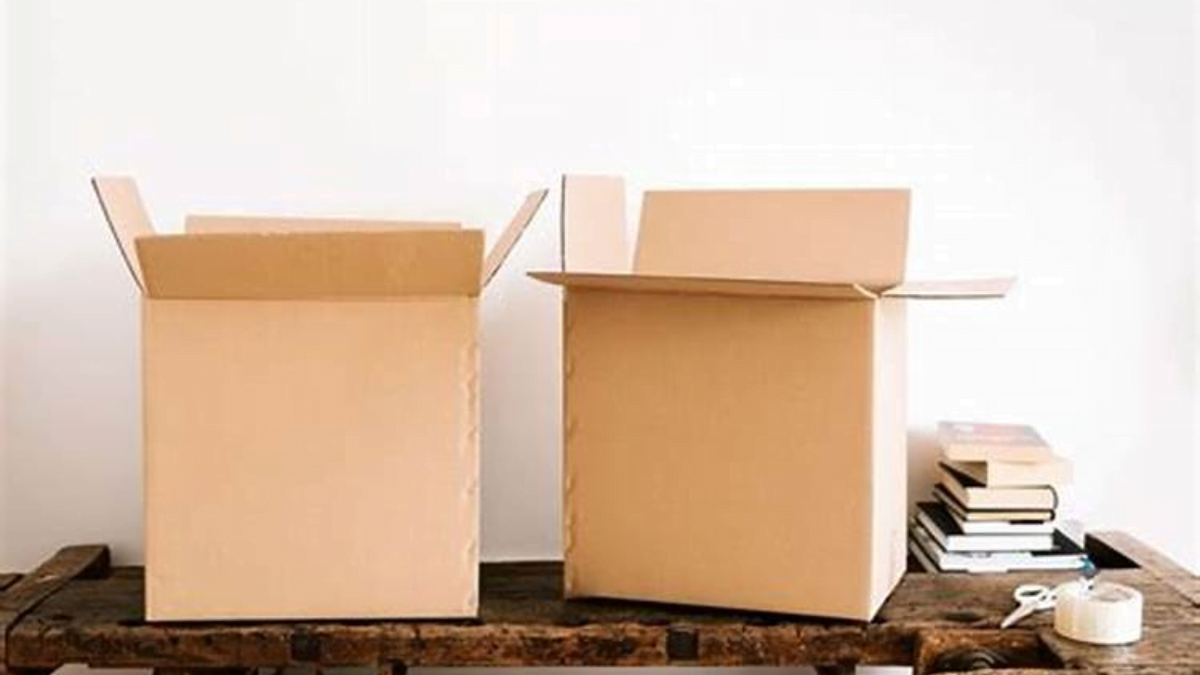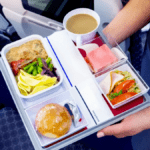Moving to a new home can be an exciting yet daunting task, often accompanied by a plethora of decisions, including choosing the right moving boxes. While traditional cardboard boxes have long been the norm, a growing trend towards eco-Friendly living has sparked interest in eco-friendly moving boxes. But are they truly worth the investment? Let’s delve into the considerations.
Environmental Impact of Moving Boxes:
Eco-friendly moving boxes, typically made from recycled materials or sustainable alternatives like biodegradable plastics or bamboo, boast a significantly lower environmental footprint compared to their traditional counterparts. By opting for these boxes, you contribute to reducing waste and conserving natural resources, aligning with eco-friendly principles.
Durability and Reusability:
One of the primary advantages of eco-friendly moving boxes is their durability. Unlike flimsy cardboard boxes that may tear or collapse under pressure, eco-friendly alternatives are designed to withstand multiple uses. This durability not only ensures the safety of your belongings during transit but also allows you to reuse the boxes for future moves or storage needs, making them a cost-effective long-term investment.
Cost Considerations:
While eco-friendly moving boxes may initially seem pricier than traditional cardboard boxes, it’s essential to consider the long-term cost savings. Since eco-friendly boxes are reusable, you eliminate the recurring expense of purchasing new cardboard boxes for each move. Over time, this can translate into significant savings, making the initial investment worthwhile for budget-conscious individuals seeking sustainable solutions.
Convenience and Practicality:
Eco-friendly moving boxes often come in standardized sizes and designs, simplifying the packing process and optimizing space utilization during transportation. Additionally, many eco-friendly box rental services offer convenient delivery and pickup options, eliminating the hassle of sourcing, assembling, and disposing of cardboard boxes. This added convenience can save you time and effort, particularly during the hectic moving period.
Community and Social Impact:
Opting for eco-friendly moving boxes supports local businesses and initiatives committed to sustainability. Many eco-conscious companies prioritize ethical sourcing, fair labor practices, and community engagement, thereby fostering positive social impact. By choosing these eco-friendly alternatives, you contribute to building a more resilient and environmentally responsible society.
In conclusion, while the decision to invest in eco-friendly moving boxes ultimately depends on individual priorities and circumstances, their numerous benefits make them a compelling choice for environmentally conscious consumers. From reducing waste and conserving resources to saving money in the long run and supporting sustainable businesses, eco-friendly moving boxes offer a holistic solution that aligns with both personal and planetary well-being. So, the next time you’re gearing up for a move, consider making the eco-friendly choice—it’s an investment that pays dividends for you and the planet.
Certainly! Here’s a set of FAQs related to eco-friendly moving boxes:
FAQ
1. What are eco-friendly moving boxes?
Eco-friendly moving boxes are sustainable alternatives to traditional cardboard boxes, typically made from recycled materials or biodegradable substances such as bamboo or bioplastics. They are designed to reduce environmental impact while providing a durable and reusable option for packing and transporting belongings during a move.
2. How do eco-friendly moving boxes differ from traditional cardboard boxes?
Unlike traditional cardboard boxes, which are often used once and then discarded, eco-friendly moving boxes are built to be durable and reusable. They are made from sustainable materials and are designed to withstand multiple uses, reducing the need for single-use packaging and minimizing waste
3. Are eco-friendly moving boxes more expensive than traditional cardboard boxes?
While the initial cost of eco-friendly moving boxes may be higher than that of traditional cardboard boxes, their durability and reusability can lead to long-term cost savings. By eliminating the need to purchase new boxes for each move, eco-friendly options can ultimately be more cost-effective, especially for frequent movers.
4. How many times can eco-friendly moving boxes be reused?
The number of times eco-friendly moving boxes can be reused depends on various factors, including the quality of the materials and how they are handled during use. With proper care, eco-friendly boxes can often be reused for multiple moves, making them a sustainable and practical choice for long-term use.
5. Are eco-friendly moving boxes as sturdy as traditional cardboard boxes?
Yes, eco-friendly moving boxes are designed to be just as sturdy and reliable as traditional cardboard boxes. They are built to withstand the rigors of moving and transportation, ensuring that your belongings remain safe and secure during transit.
6. Can eco-friendly moving boxes be recycled?
Yes, eco-friendly moving boxes are typically made from materials that can be recycled at the end of their lifespan. This further reduces their environmental impact and ensures that the materials can be repurposed for future use, closing the loop on the recycling process.
7. Where can I purchase eco-friendly moving boxes?
Eco-friendly moving boxes can be purchased from a variety of sources, including specialty retailers, online marketplaces, and moving supply companies. Some companies also offer rental services, allowing you to borrow reusable boxes for your move and return them afterward.
Can I donate or resell eco-friendly moving boxes after I’m done using them?
Yes, if you no longer need your eco-friendly moving boxes, you can donate them to charitable organizations or sell them to other individuals who may be in need of moving supplies. This helps to extend the lifespan of the boxes and reduces waste by keeping them in circulation.
9. Are there any drawbacks to using eco-friendly moving boxes?
While eco-friendly moving boxes offer numerous benefits, including sustainability and durability, they may not be readily available in all areas, and their initial cost may be higher than that of traditional cardboard boxes. Additionally, eco-friendly options may have limited size and style choices compared to traditional boxes.
10. How do I properly dispose of eco-friendly moving boxes when I no longer need them?
If you no longer need your eco-friendly moving boxes, you can recycle them through your local recycling program or contact the manufacturer for information on recycling options. Many eco-friendly materials can be recycled into new products, ensuring that they are diverted from the landfill and put to good use.








